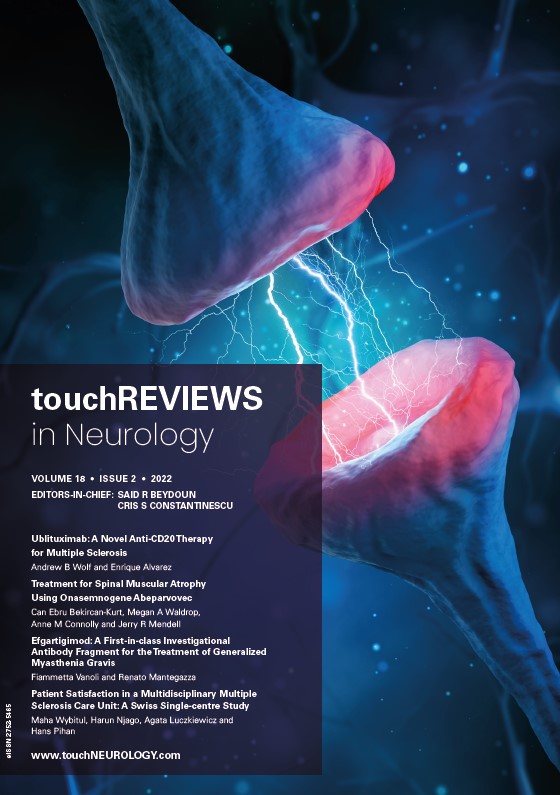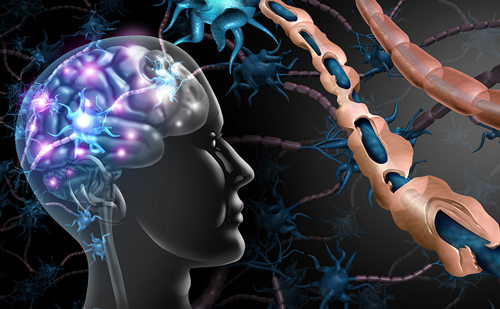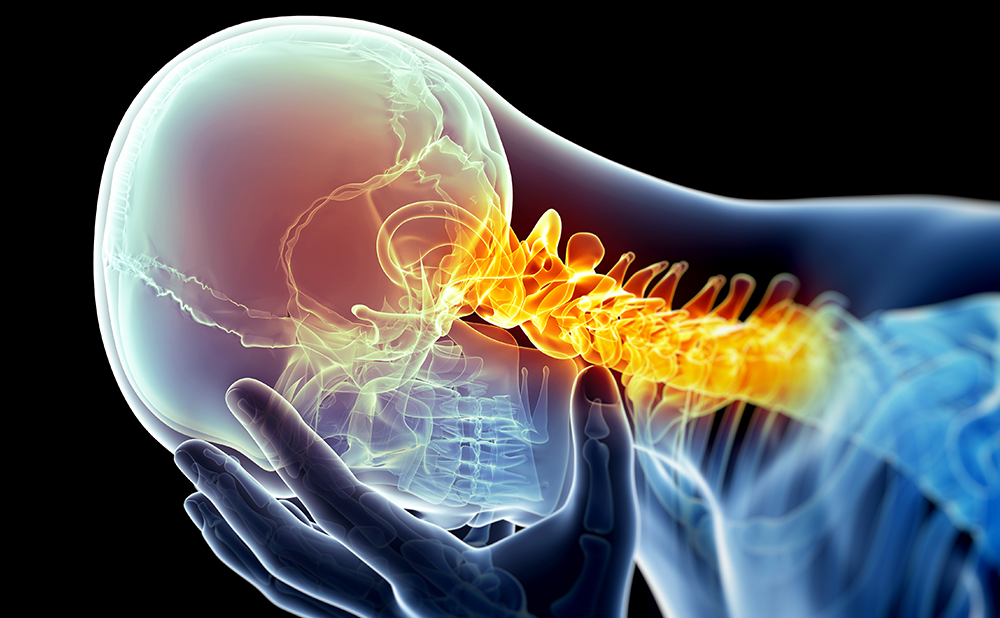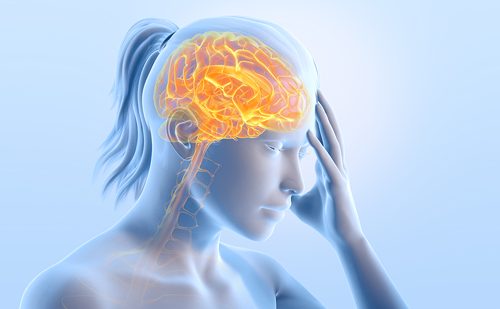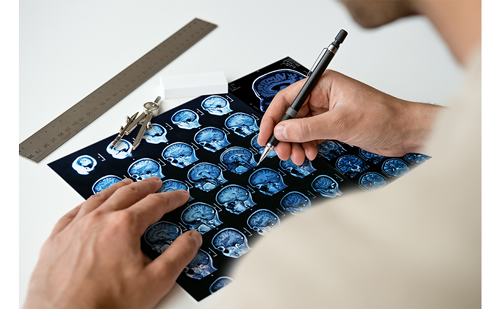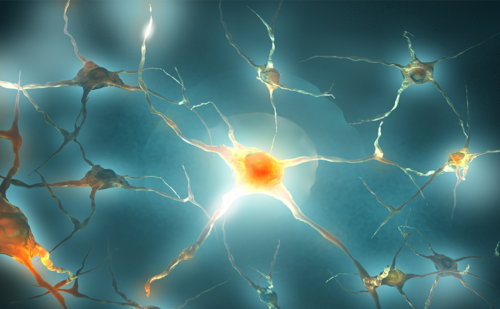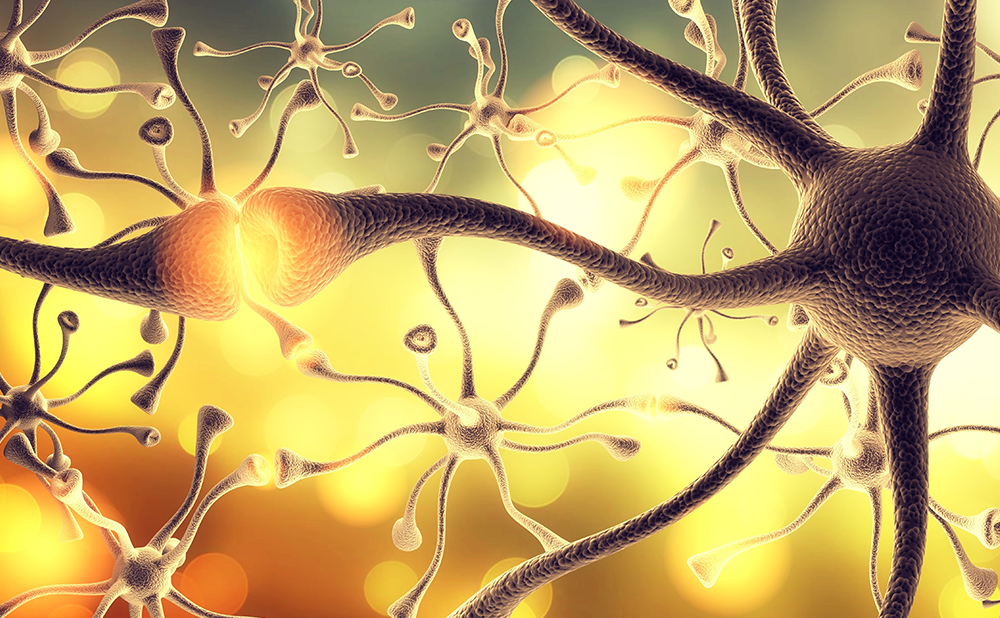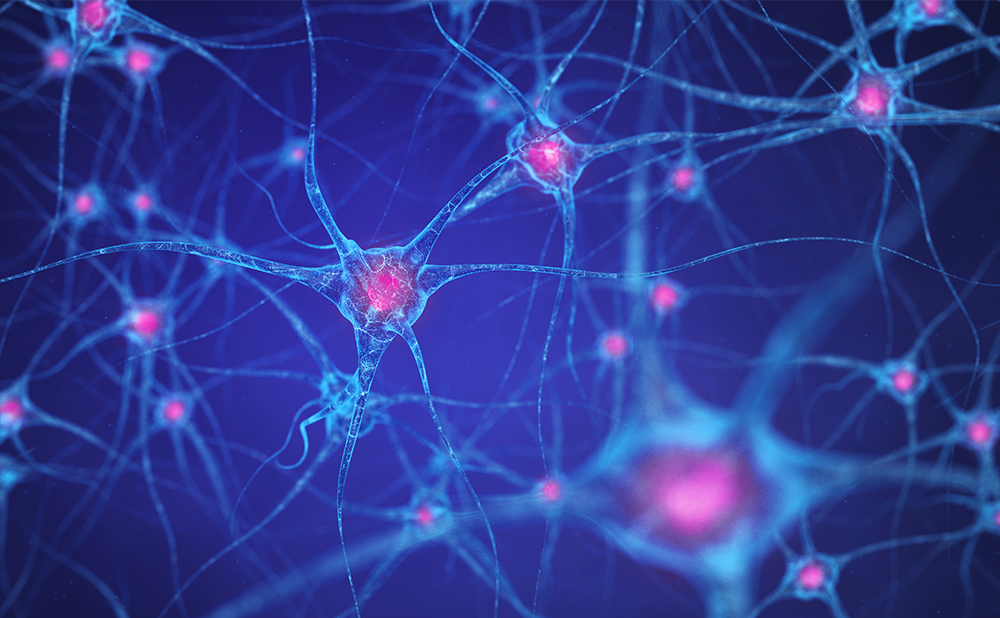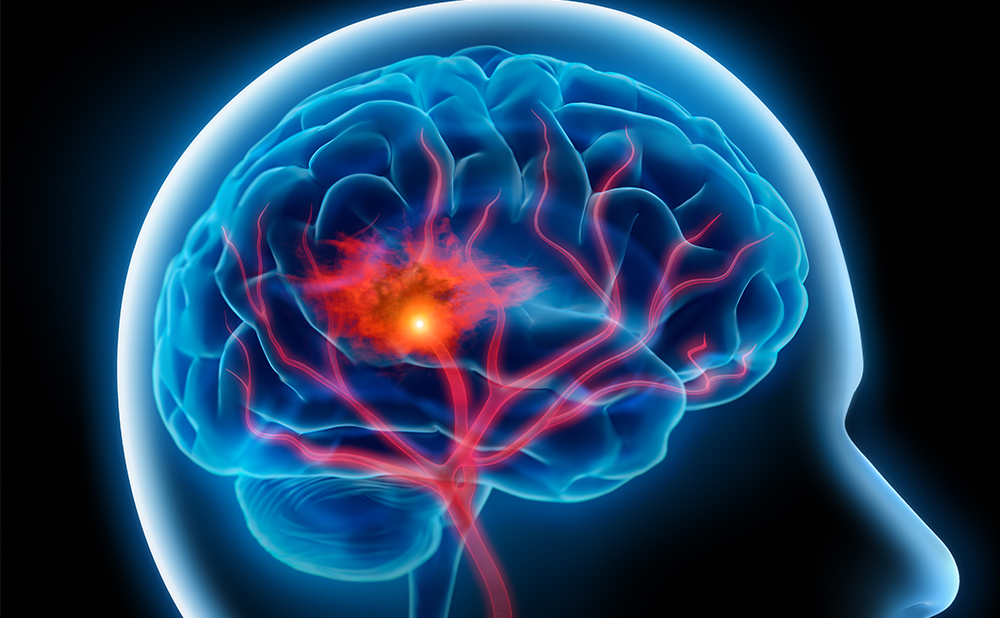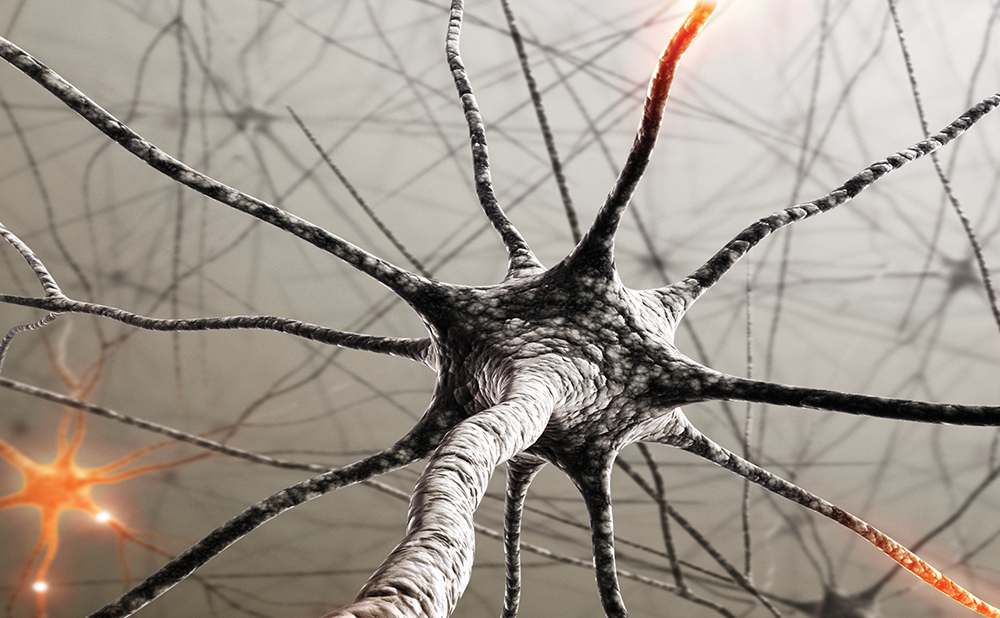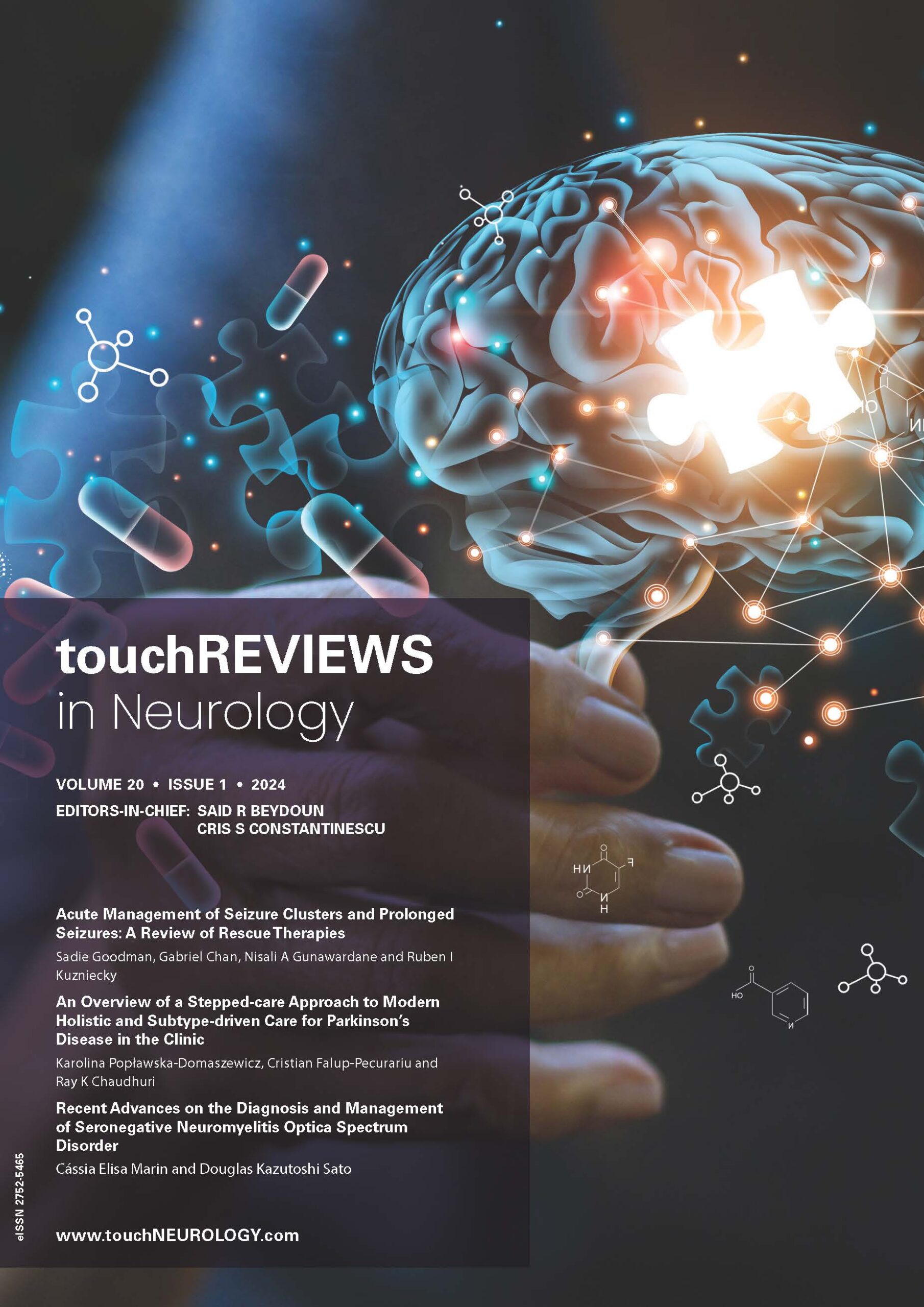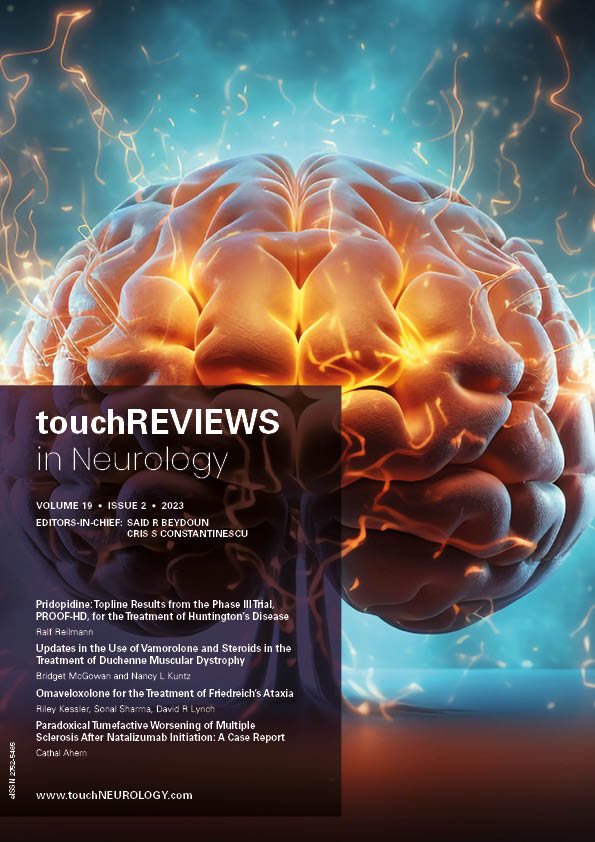touchREVIEWS in Neurology Volume 18, Issue 2 – 2022
Foreword
Welcome to our new issue of touchREVIEWS in Neurology, which features a wide range of topical articles covering various areas of neurology. We begin with two practice pearls. The first from Garg et al., focusses on the increasingly important subject of social media. Twitter provides a useful platform for clinicians, and this article provides advice on […]
Practice Pearls
The surge in social media use seems to have become a sign of our times. Social media has ramified into not only our personal lives but, importantly, also our professional lives and will continue to do so in the future.1–4 At the same time, more neurologists resorted to online learning modalities, including podcasts and social media […]
Disease-modifying therapies (DMTs) have brought about substantial improvements to the lives of people with multiple sclerosis (MS).1–3 However, MS remains a chronic disease with a variable course and symptoms, representing a substantial challenge to quality of life.2,3 MS management requires a personalized approach by which healthcare professionals (HCPs) partner with patients.4,5 MS nurses play a central role in […]
Reviews
The coronavirus disease 2019 (COVID-19) pandemic has led to unprecedented illness and death among the global population. Severe acute respiratory syndrome coronavirus 2 (SARS-CoV-2) infection can range from mild upper respiratory symptoms that subside with no lasting effects to multiorgan system failure and death.1 It can also result in numerous neurological symptoms that are less well […]
Photophobia is a complex disorder that can involve aversion not simply to bright light but to spatial patterns, colour and flicker.1 It is common in neurological diseases that involve the visual system,2 of which migraine is the most prevalent. Tinted lenses have been widely advocated on the internet as a means of reducing photophobia, particularly in migraine, […]
Neuromodulation is a recent technique that has increasingly been used for the abortive and preventive treatment of migraine and other primary headache disorders.1 It has previously been found to be helpful in the treatment of other neurological illnesses, such as epilepsy.2 Neuromodulation treatment of headache disorders involves pain relief via manipulation of the peripheral or central pain […]
Hirayama disease (HD) is a lower motor neurologic disorder that manifests in young males in their early 20s, manifesting with gradually progressive weakness and wasting of C7-T1 innervated muscles. Dynamic magnetic resonance imaging (MRI) clinches the diagnosis, and treatment is mainly supportive using a cervical brace, and in refractory cases, surgical. This review aims to […]
Over the past two decades, monoclonal antibodies targeting the surface antigen CD20 have emerged as highly effective disease-modifying therapies (DMTs) for multiple sclerosis (MS).1 The major mechanism of action of these therapies is via B-cell depletion, as CD20 is expressed throughout much of the B-cell lineage, including pre-B-cells through memory B-cells. B-cells play multiple roles in […]
Although disease-modifying therapies have been the primary focus of multiple sclerosis (MS) treatment during the past two decades, there is increasing awareness of the importance of treating patients holistically, paying attention to functional comorbidities and addressing mood and cognition. In general, promoting healthy behaviours and encouraging physical activity is essential to enhancing quality of life […]
Myasthenia gravis (MG) represents the major and most frequent primary disorder of the neuromuscular junction. Clinical hallmarks are variable and include exercise-induced weakness involving extraocular, bulbar, limb and/or axial muscles.1 Respiratory involvement, characterized by orthopnoea or dyspnoea with exertion, occurs in about 40% of patients with MG and is often associated with bulbar dysfunction and neck […]
Background for molecular-based therapy for spinal muscular atrophy Spinal muscular atrophy (SMA) is an autosomal recessive neuromuscular disease and the most common cause of infant death worldwide, with an incidence of 1:10,000 live births and carrier frequency of 1:50.1 This disease, caused by degeneration of spinal and bulbar motor neurons, is characterized by progressive muscle […]
Original Research
Multiple sclerosis (MS) is an immune-mediated neurodegenerative disease affecting approximately 2.5 million individuals worldwide.1,2 Pathologically, MS is mostly characterized by inflammation, demyelination, axonal degeneration and gliosis. Clinically, a wide range of symptoms can occur, including cognitive, motor and sensory impairments.3 The clinical disease course is often classified as relapsing-remitting MS, primary-progressive MS or secondary-progressive MS.4 Relapsing-remitting MS […]
In clinical practice, the definition of penumbra is largely based on neuroimaging and indicates potentially salvageable tissue. Perfusion imaging has been useful in identifying this tissue when obeying ‘the mismatch concept’. The mismatch concept is a surrogate marker for salvageable brain tissue and refers to a lesion volume difference (mismatch) between the perfusion deficit (the […]
Case Reports
Posterior reversible encephalopathy syndrome (PRES) is a syndome characterized by a combination of clinical and radiological features.1–3 Its global incidence is unknown. It is underdiagnosed probably due to limited awareness. PRES presents with the rapid onset of neurological symptoms, such as headache, convulsion, altered consciousness and visual disturbance. Computed tomography (CT) and magnetic resonance imaging […]
Infection of the central nervous system (CNS) due to cytomegalovirus (CMV) is rare, as it typically occurrs in immunocompromised patients and rarely affects those who are immunocompetent.1 Brain infection – manifested by meningoencephalitis – is much more common than infection of the spinal cord or nerve roots.1 CMV infection of the spine has been almost exclusively reported as an inflammatory polyradiculitis […]

Trending Topic
Amyotrophic lateral sclerosis (ALS) is a neurodegenerative disorder of upper and lower motor neurons that results in progressive motor impairment. ALS is the most common disease of motor neurons with an annual incidence of approximately 1.7–2.5 per 100,000 people. It is a terminal condition with a typical life expectancy of 2–5 years from symptom onset. […]
Journal Archive
touchREVIEWS in Neurology is a peer-reviewed, free-to-access, bi-annual neurology journal comprising review articles, case reports, practice guides, theoretical discussions, and original research. It features balanced and comprehensive articles written by leading authorities, addressing the most important and salient developments in the field of neurology.
Latest articles videos and clinical updates - straight to your inbox
Log into your Touch Account
Earn and track your CME credits on the go, save articles for later, and follow the latest congress coverage.
Register now for FREE Access
Register for free to hear about the latest expert-led education, peer-reviewed articles, conference highlights, and innovative CME activities.
Sign up with an Email
Or use a Social Account.
This Functionality is for
Members Only
Explore the latest in medical education and stay current in your field. Create a free account to track your learning.


